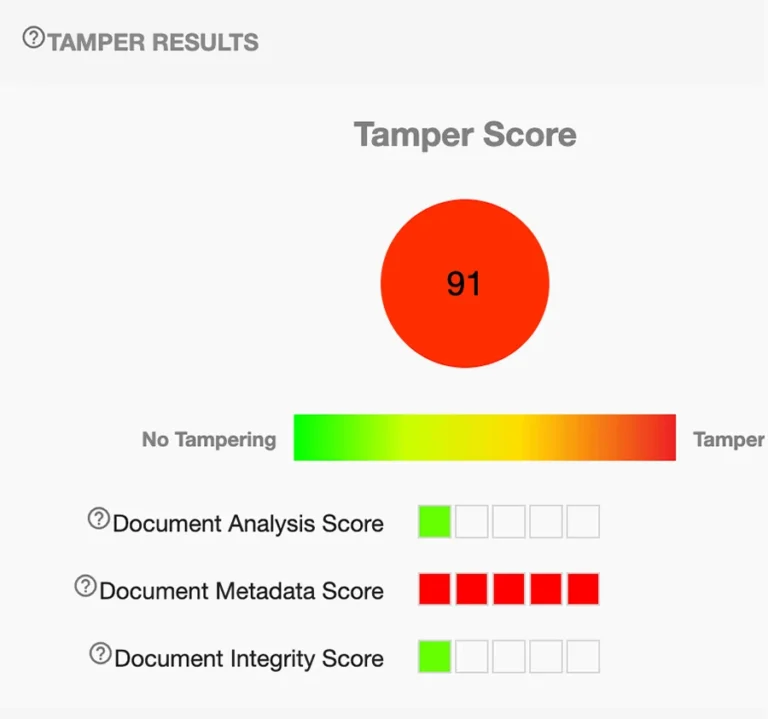
Fact-check: Notification claiming ban on Saadat Hasan Manto’s writings is fake
Attestiv document analysis indicates a high likelihood that the content is not authentic
Home > Press

Attestiv document analysis indicates a high likelihood that the content is not authentic
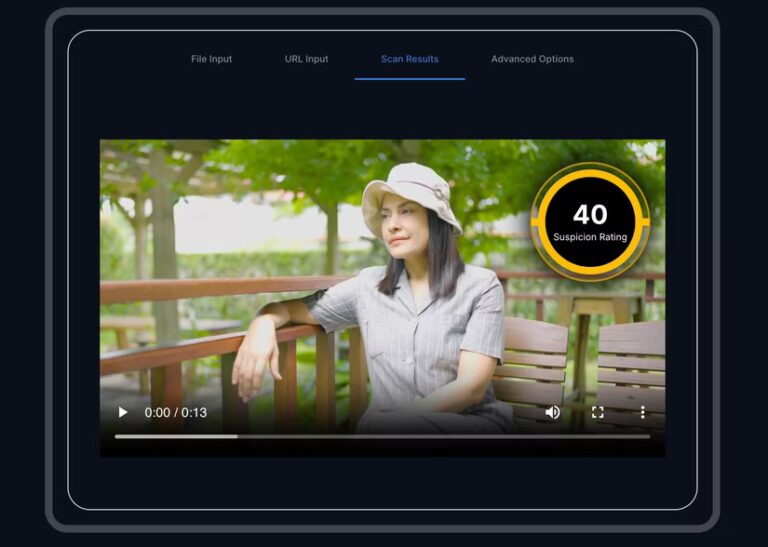
Attestiv chosen as one of the 4 most accessible and sophisticated tools for deepfake detection

Both Attestiv and Hive Moderation found the video to not be authentic

Using Attestiv, a video claiming to show an Iranian missile hitting Tel Aviv was quickly exposed as AI-generated disinformation.
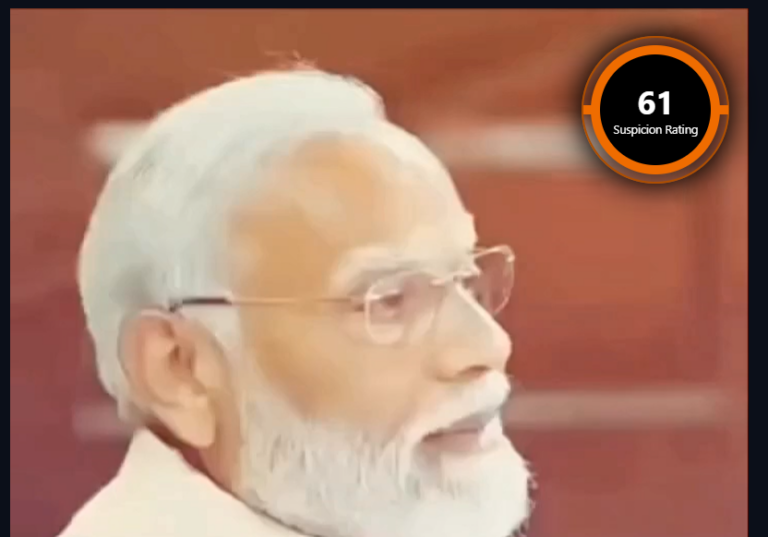
Attestiv Video helps debunk another AI-generated politi-fake.
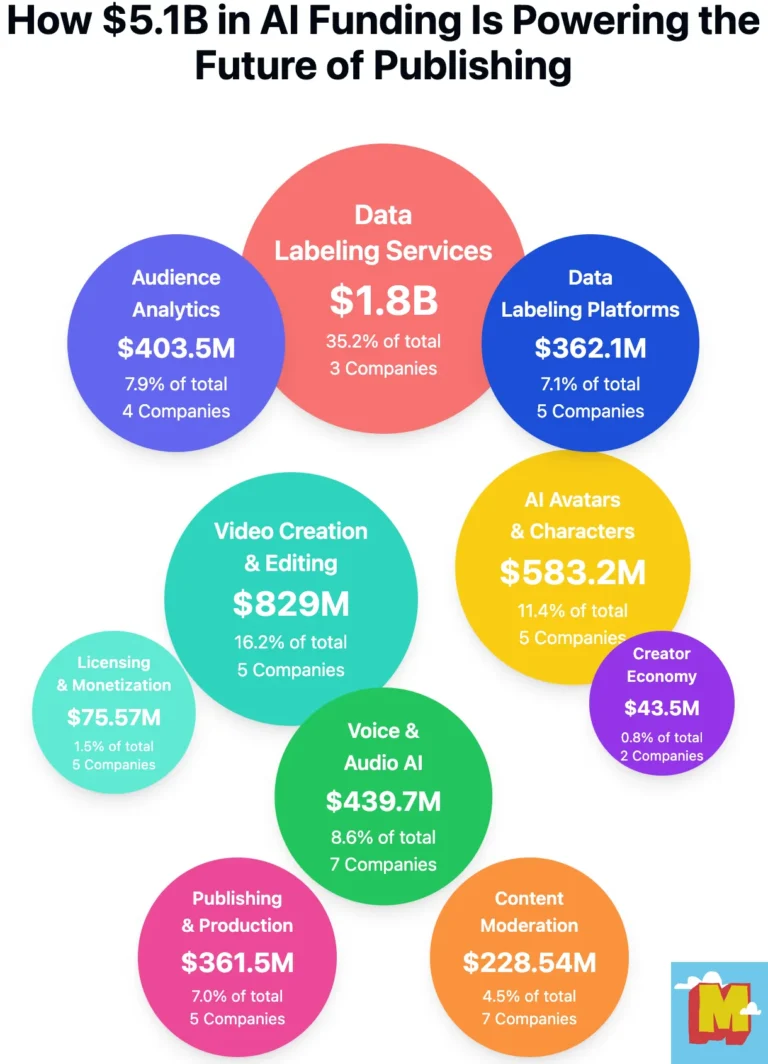
Attestiv ranked among the top companies in Content Moderation & Integrity
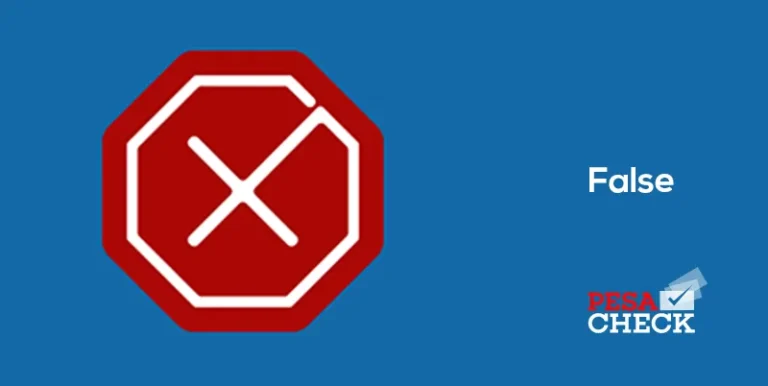
Kenyan fact-checker Pesacheck uses Attestiv to help debunk deepfake earthquake video

Attestiv identified as a cutting-edge Countermeasure. With its sophisticated authentication platform, it has raised the bar against attackers, even as they push the envelope of deceptive realism.

Attestiv CEO Nicos Vekiarides weighs in on the threat.
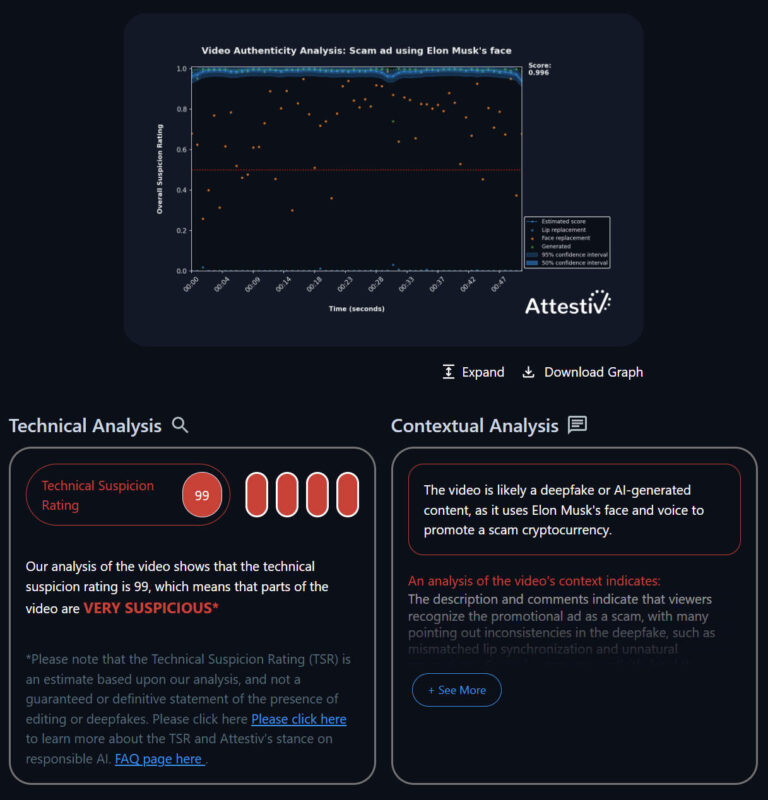
Advanced AI-powered video analysis to detect deepfakes is available to businesses and consumers starting at no cost

Mark Morley is the Chief Operating Officer of Attestiv.
He received his formative Data Integrity training at Deloitte. Served as the CFO of Iomega (NYSE), the international manufacturer of Zip storage devices, at the time, the second fastest-growing public company in the U.S.. He served as the CFO of Encore Computer (NASDAQ) as it grew from Revenue of $2 million to over $200 million. During “Desert Storm”, Mark was required to hold the highest U.S. and NATO clearances.
Mark authored a seminal article on Data Integrity online (Wall Street Journal Online). Additionally, he served as EVP, General Counsel and CFO at Digital Guardian, a high-growth cybersecurity company.
Earlier in his career, he worked at an independent insurance agency, Amica as a claims representative, and was the CEO of the captive insurance subsidiary of a NYSE company.
He obtained Bachelor (Economics) and Doctor of Law degrees from Boston College and is a graduate of Harvard Business School.